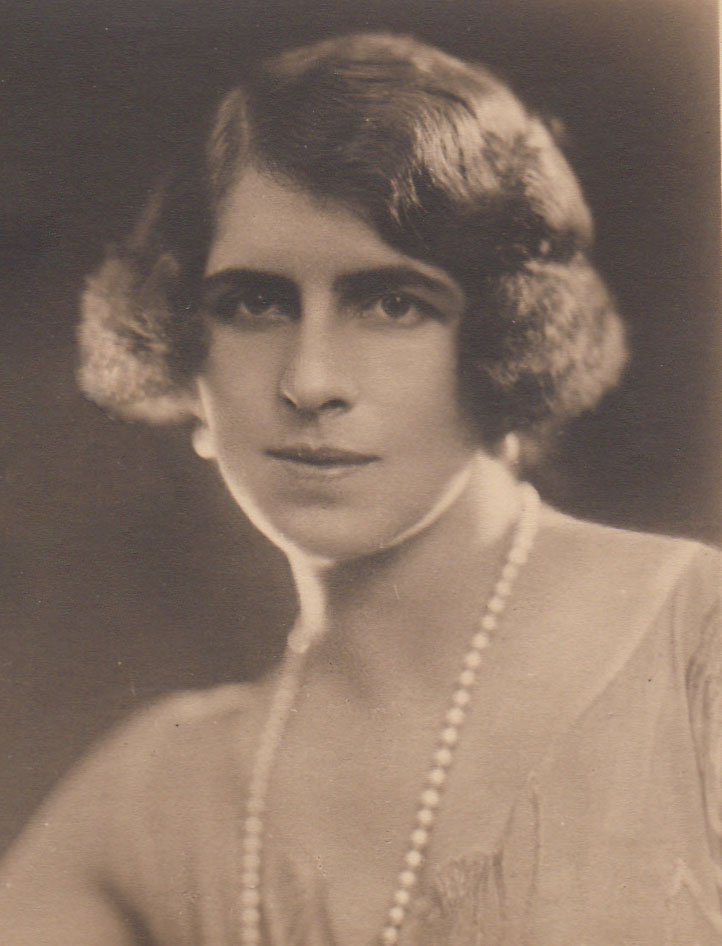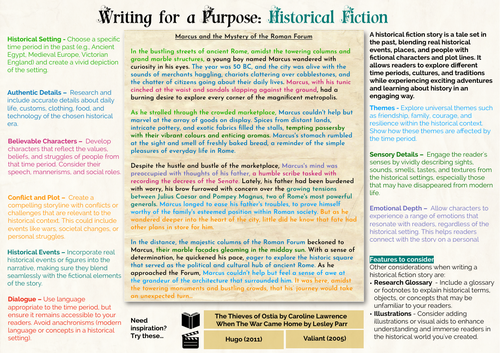 |
| Queen Mother Helen of Romania and Princess Margrethe of Bourbon-Parma in later life. |
Queen Mother Helen of Romania and Princess Margrethe of Bourbon-Parma were first cousins once removed. Both Helen and Margrethe were descendants of King Christian IX of Denmark (1818-1906) and his wife Queen Luise (1817-1898; née Hesse-Kassel). Helen and Margrethe's children would later form a fantastic dynastic alliance and love match.
 |
| Princess Helen of Greece and Denmark |
Queen Mother Helen of Romania (1896-1982) was the eldest daughter of King Constantine I of the Hellenes (1868-1923) and his wife Queen Sophie (1870-1932; née Prussia), the daughter of Kaiser Friedrich III and Empress Victoria (née Great Britain). In 1921, Princess Helen of Greece and Denmark married Crown Prince Carol of Romania (1893-1953; later King), eldest son of King Ferdinand of Romania and Queen Marie (née Great Britain / Saxe-Coburg and Gotha).
 |
| Princess Margrethe of Denmark |
 |
| Margrethe of Denmark marries René of Bourbon-Parma
Photograph (c) Chicago Tribune, 10 June 1921 |
Princess Margrethe of Bourbon-Parma (1895-1992) was the only daughter of Prince Valdemar of Denmark (1858-1939) and his wife Princess Marie (1865-1909; née Orléans), the daughter of Prince Robert, Duke of Chartres (1840-1910), and Princess Françoise d'Orléans (1844-1925). In 1921, Princess Margrethe of Denmark married Prince René of Bourbon-Parma (1894-1962), one of the sons of Duke Roberto of Parma and Infanta Maria Antonia of Portugal.
 |
| Queen Mother Helen of Romania and Princess Margrethe of Bourbon-Parma at the Vatican |
In addition, these royal ladies were the mothers of King Michael of Romania (1921-2017) and his wife Queen Anne (1923-2016; née Bourbon-Parma). Michael and Anne fell for one another in 1947. Their mothers were both extremely supportive of the young couple: indeed, Helen and Margrethe teamed up to try and solve a particular issue raised by union of their son and daughter - religion. King Michael of Romania was a member of the Romanian Orthodox Church, and Princess Anne of Bourbon-Parma was a member of the Roman Catholic Church. The Romanian Queen Mother and Bourbon-Parma Princess decided to go to the Vatican to petition the Pope in person to grant a dispensation for the union of their children.
 |
| Report on Helen and Margrethe's visit to the Vatican on 23 February 1948
Photograph (c) The Guardian, 6 March 1948 |
Queen Anne of Romania recalls the mission of her mother and mother-in-law to the Holy Father in her memoirs:
Our two mothers continued to be of invaluable help to us. They went together to the Vatican to seek the agreement of Pope Pius XII to our marriage. Indeed there was a very big impediment, because I was Catholic and he was Orthodox. The Pope refused to recognise our union unless we undertook to have our children baptised in the Catholic faith, and this was something the King could not accept. The discussion between the two mothers and the Pope was a tense one. My mother even thumped the table with her fist in anger, but the Pope's response to this outburst was simply: 'Eh?!
Alas, Helen and Margrethe were unsuccessful in securing the pontiff's agreement. However, they were unwavering in their support of their children. Michael and Anne married in a Greek Orthodox ceremony at Athens in 1948. Helen was able to attend; however, Margrethe was not able to be present, as the head of her husband's dynasty, Duke Elias of Parma, forbade all members of the Bourbon-Parma family to celebrate this happy occasion. Happily, in 1966, King Michael and Queen Anne of Romania were married in a Roman Catholic ceremony at Monte Carlo; the couple were aided in this by their dear friend, Princess Grace of Monaco.
King Michael and Queen Anne were married for sixty-eight years; they had five daughters: Princess Margarita (b.1949), Princess Helen (b.1950), Princess Irina (b.1953), Princess Sophie (b.1957), and Princess Marie (b.1964). In 1980, Michael and Anne's mothers both had to relocate to Switzerland, thus being closer to their children. Queen Mother Helen was forced by financial constraints to sell her villa in Florence, and she moved into an apartment near her son and daughter-in-law in Lausanne: Helen died there two years later in 1982. Princess Margrethe moved into Michael and Anne's home, and lived with them for eleven years, before returning to Denmark: Margrethe died there in 1992.
 |
| A Royal Matriarchy: Margrethe of Bourbon-Parma, Helen of Romania (standing), Margarita of Romania (seated), Irina of Romania, Anne of Romania, Sophie of Romania, Marie of Romania, and Helen of Romania. |
 |
| Brief obituary of Queen Mother Helen of Romania
Photograph (c) The Guardian, 30 November 1982 |
 |
| Queen Anne of Romania, Princess Margrethe of Bourbon-Parma, Princess Helen of Romania and her son Prince Nicholas |
For further news and articles about Europe's Gotha families, join Eurohistory!












No comments:
Post a Comment